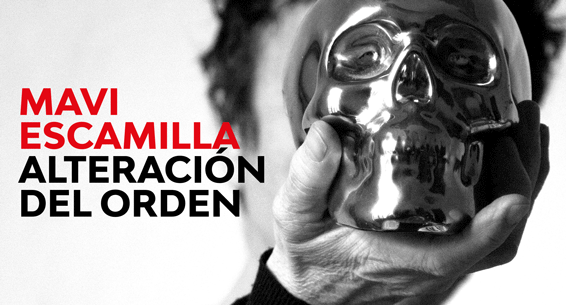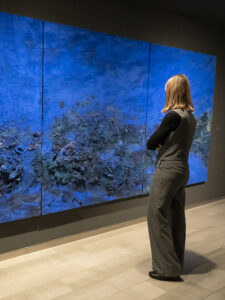VAT. Guillem de Castro, 118
The Spanish pavilion at the Venice Biennale 1976 It remained closed because the organization had decided not to accept the participation of dictatorships. In that edition, which was known as “the red biennale”, Franco and his regime were not welcome, But artists who had constructed a discourse against the dictatorship, such as Picasso, did receive an invitation., you cover, Sempere or Weaver. The Regime, until then, had used art to project an image of modernity, decontextualizing the works and highlighting certain characteristics as appropriate. If Saura painted very black, It was because of its Spanish character, goyesco, overlooking the fact that what was represented was a Crucifixion (1959). These crude manipulations were lacerating for the commission of Spanish artists that organized the exhibition in Venice., That's why they became obsessed with evidencing the relationship between art and politics., and explain the context in which the works had been produced. The IVAM presents 33 works from the museum's collection that were part of that historical exhibition, like the magnificent Head of Montserrat by Julio González, Joan Brossa's card in which nothing is what it seems (Like in Spain), or he sealed Help Spain by Miró. S.M.














